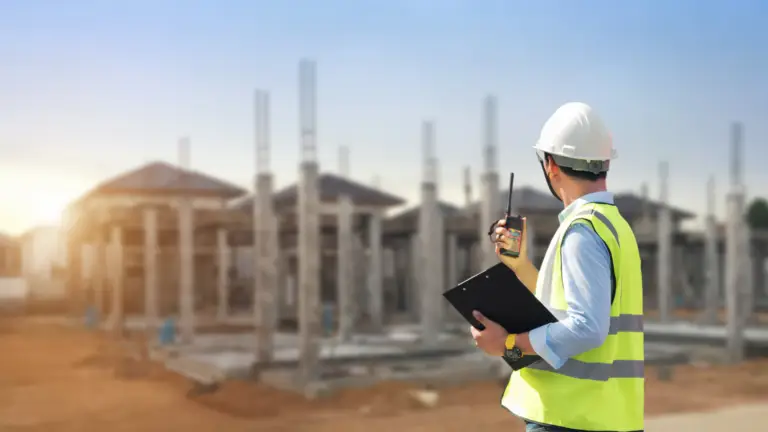The construction industry in the United States is a fundamental pillar of its economy, and commercial construction plays a crucial role in its vibrant economic landscape. This facet of construction encompasses everything from offices and shopping centers to healthcare facilities and recreational spaces. Its significance extends beyond merely erecting buildings; here’s why.
To view AH Construction’s projects click HERE
Economic Engine:
Commercial construction significantly drives the U.S. economy. It generates jobs in diverse areas, from architecture and design to specialized labor, fostering nationwide employment growth.
Business Infrastructure:
Commercial buildings provide the stage for business operations. From multinational corporations to local businesses, these spaces serve as hubs for innovation, business growth, and job creation.
Urban Development:
Commercial construction is a catalyst for urban development. Shopping centers and office complexes not only attract local residents but also serve as magnets for investment, increasing the appeal of surrounding areas.
Essential Services:
Hospitals, clinics, and medical centers rank among the most critical commercial buildings. They provide fundamental healthcare services and support the necessary infrastructure for community well-being.
Innovation and Technology:
Commercial construction is home to technological innovation. From research facilities to modern workspaces, it fosters technological advancement and entrepreneurial creativity.
Contribution to Local Identity:
Commercial buildings become landmarks within local communities. From iconic skyscrapers to cultural centers, these places shape the identity and character of a city.
Sustainable Growth:
Commercial construction also embraces sustainability. Buildings designed with eco-friendly approaches not only reduce environmental impact but also save long-term costs and promote a healthier work environment.
Boost to Tourism:
Hotels, resorts, and entertainment venues are integral parts of the tourism appeal in the United States. These commercial buildings not only generate income through tourism but also contribute to the local economy.
In summary, commercial construction in the United States is an essential pillar that underpins the economy, drives innovation, creates jobs, and shapes the identity of communities. Its importance goes beyond creating physical structures; it is a vital engine driving the country’s economic and social progress.
To view AH Construction’s projects click HERE
For more information about commercial construction and its impact, feel free to contact us!




